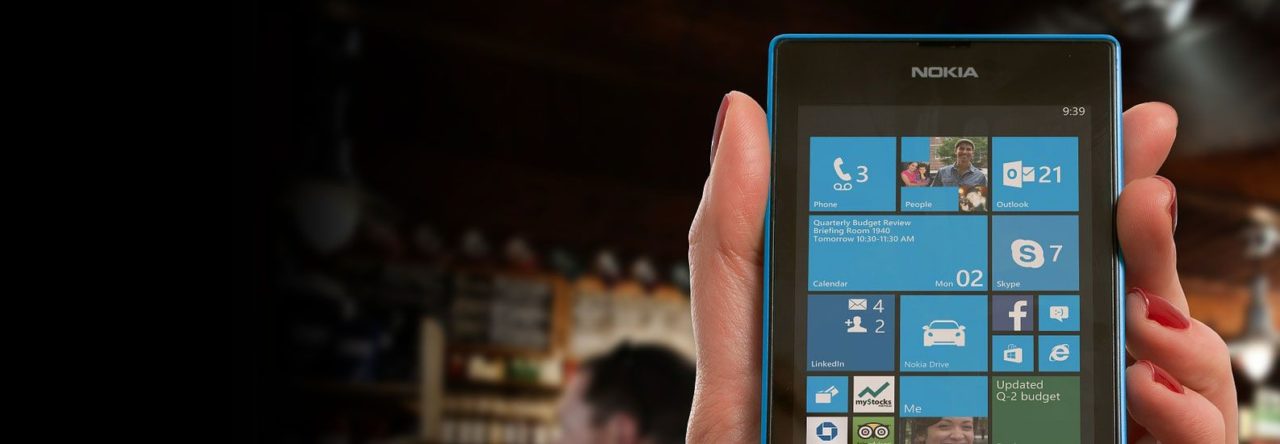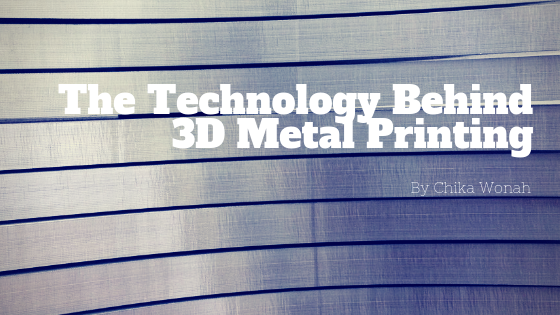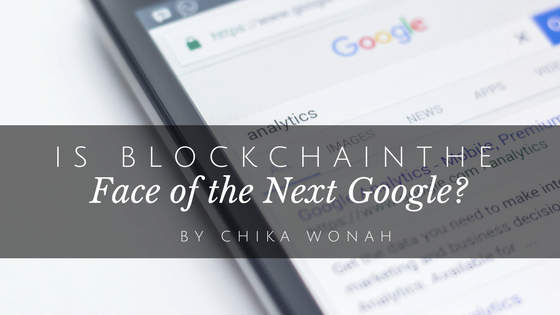The following will be the main focus, risks, and considerations in 2021 that cybersecurity leaders and other professionals will have to deal with:
1. Cybercriminals will target remote workers in 2021.
Remote working is trending in every organization due to COVID-19 restrictions. COVID-19 guidelines have made employees be allowed by their employers to work from home. Cybercriminals will, therefore, target enterprises with employees working remotely. Cybercriminals will be very busy launching attacks on companies unprepared to secure their remote workers from such attacks. As of now, numerous organizations have incurred unexpected costs caused by security breaches into their systems. Most of the employees’ gadgets lack advanced protection from malware infections.
2. Zero Trust Network Access will replace VPNs.
After many companies allowed their workers to work remotely, they installed Legacy Security Architecture such as VPNs to prevent attacks. However, VPNs have become prone to attacks. VPNs are not long-term solutions as they grant excessive access to the company’s internal resources. Cybercriminals can easily deploy ransomware to attack the unpatched VPNs.
However, global IT security teams are aware of the threat, and they are currently developing the Zero Trust Security Model, which will be released by 2021. Zero Trust Network Access only gives users access to only the area they are working on; thus, users have no permission outside their jurisdiction.
3. Widespread adoption of Secure Access Service Edge (SASE).
COVID-19 pandemic continues to make enterprises get reduced revenue; hence, many organizations have reduced their IT spending to cut down expenditures. Many companies will use multi-service integration technologies like Secure Access Service Edge (SASE) to cut down IT cost. The single control point will reduce IT cost, but a breach in the integrated system will allow attackers to access every resource.
4. The health sector will face significant security breaches.
Attackers will target hospitals as they face financial pressures due to the COVID-19 pandemic. The health sector will experience more financial transactions hence making it a primary target in 2021.
5. Widespread digital transformation and internet use will lead to massive data exposure.
Most organizations will continue to allow their teams to work remotely. Businesses will continue to experience digital transformation with the remote worker embracing the 5G network, AI and ML-powered analytic, and cloud data management to ease their operations. However, data breaches will increase as hackers target the adoption of new technologies like the 5G network.
However, the challenges will not stop organizations from fully implementing and integrating modern technology into business operations. The advanced security remedies will caution the remote workforce from numerous cybersecurity exposures.









